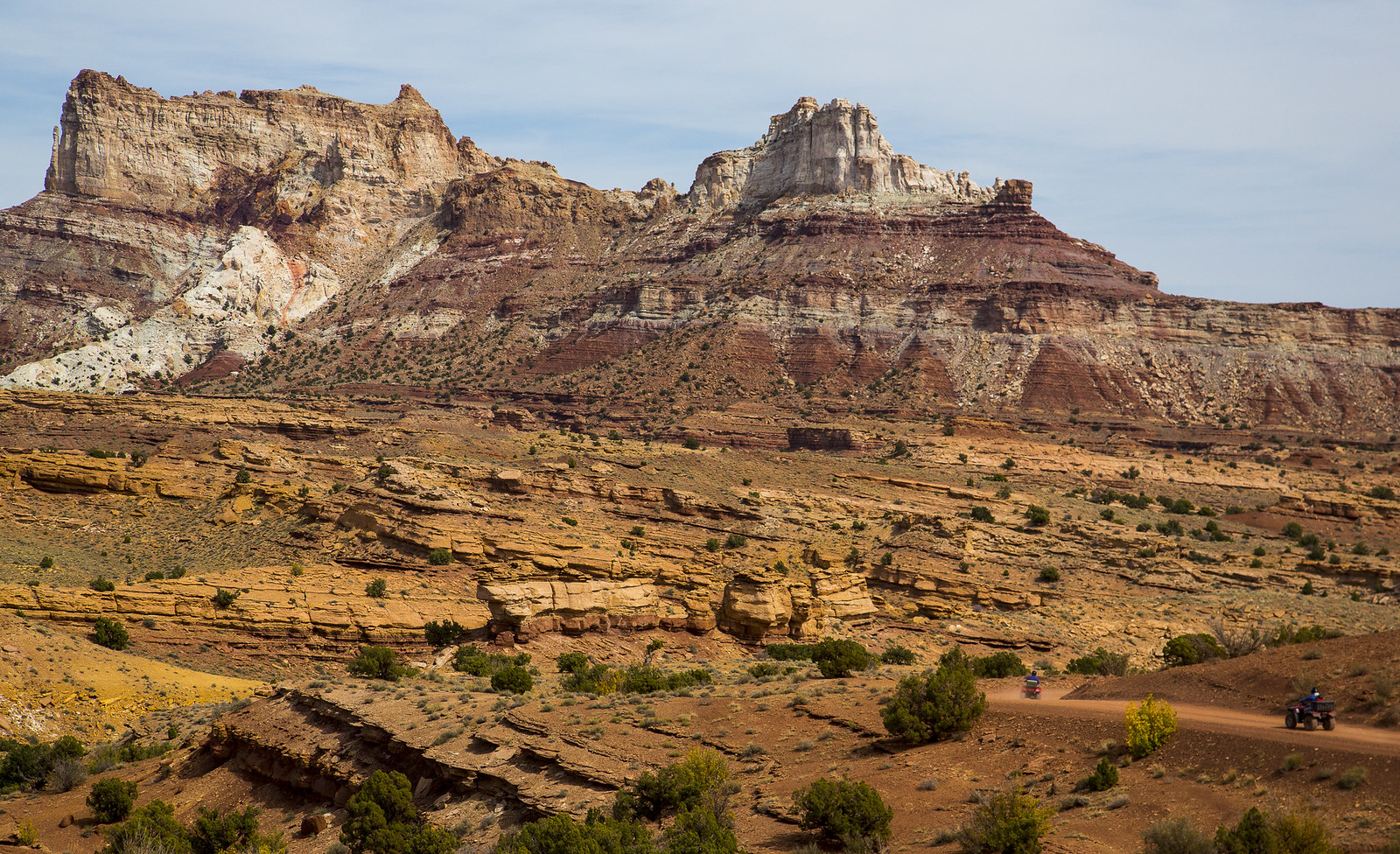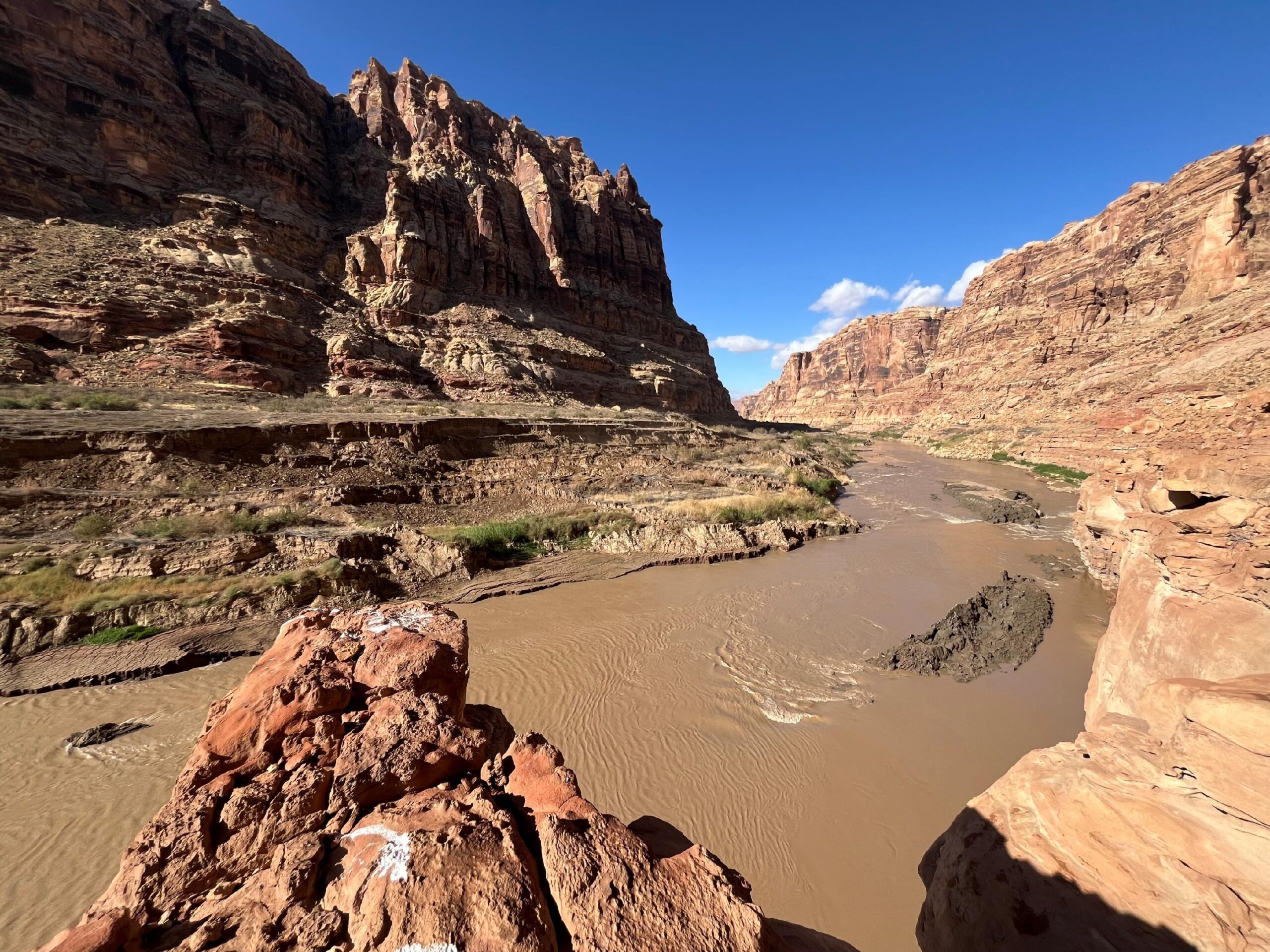The Bureau of Land Management has issued a final travel management plan for the San Rafael Swell Recreation Area. The plan outlines designated routes for off-highway vehicles across more than 1.1 million acres in Emery County and approximately 44,000 acres in Sevier County.
The selected plan, known as Proposed Alternative E, opens an additional 67 miles of routes for motorized travel compared to previous management. This brings the total to 1,496 miles open to motorized use, including 141 miles limited to specific vehicle types and sizes.
Conversely, approximately 158 miles of previously open routes are now closed to motorized travel, totaling 665 miles restricted to OHV use. These closures aim to protect sensitive cultural resources, wildlife habitats, and delicate ecosystems. See an examination of the open-to-closed routes here.
Organizations representing motorized recreation users have raised objections, focusing on the 665 miles of roads that remain closed. The Specialty Equipment Market Association (SEMA), along with other off-road groups, submitted joint comments opposing certain aspects of the BLM’s plan, expressing concerns about potential restrictions on motorized access.
The BlueRibbon Coalition, which has challenged multiple Grand County ordinances they consider biased against OHV users in recent years, committed to challenging the plan and dismissed the closures as “not likely…[to] be permanent.”
The group had highlighted the San Rafael Swell’s significance as a destination for off-roading, singletrack riding, and dispersed camping, noting that many existing routes originated from historical mining activities and continue to serve local grazing needs.
Conservation group the Southern Utah Wilderness Alliance released a statement on the final plan, saying instead that they believed the plan favored OHV use.
“We are disappointed with the new plan, which once again prioritizes motorized vehicles at the expense of natural and cultural resources,” said Laura Peterson, SUWA staff attorney. “The Bureau of Land Management had the opportunity to finally strike a balance between motorized recreation, non-motorized recreation, and preservation of this incredible landscape, but chose not to.”
“The Swell should be known for its spectacular views, cultural sites, and opportunities for solitude, not off-road vehicle damage,” SUWA legal director Steve Bloch commented at the time of the draft land management plan release earlier in 2024.
The planning process incorporated feedback from over 6,000 public comments. The BLM has made comprehensive information, including the final environmental assessment, route maps, and analyses, available on the BLM National NEPA Register.





